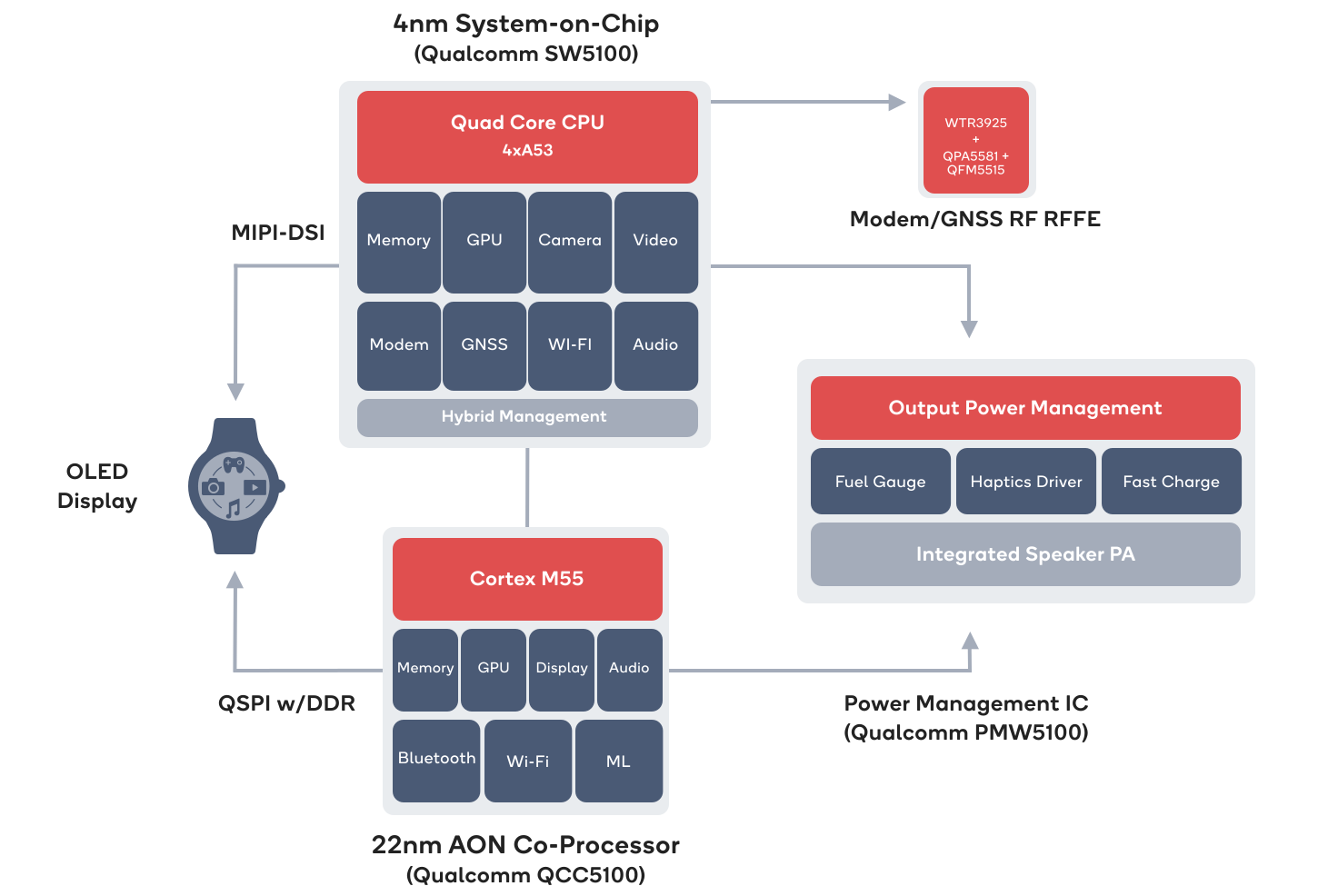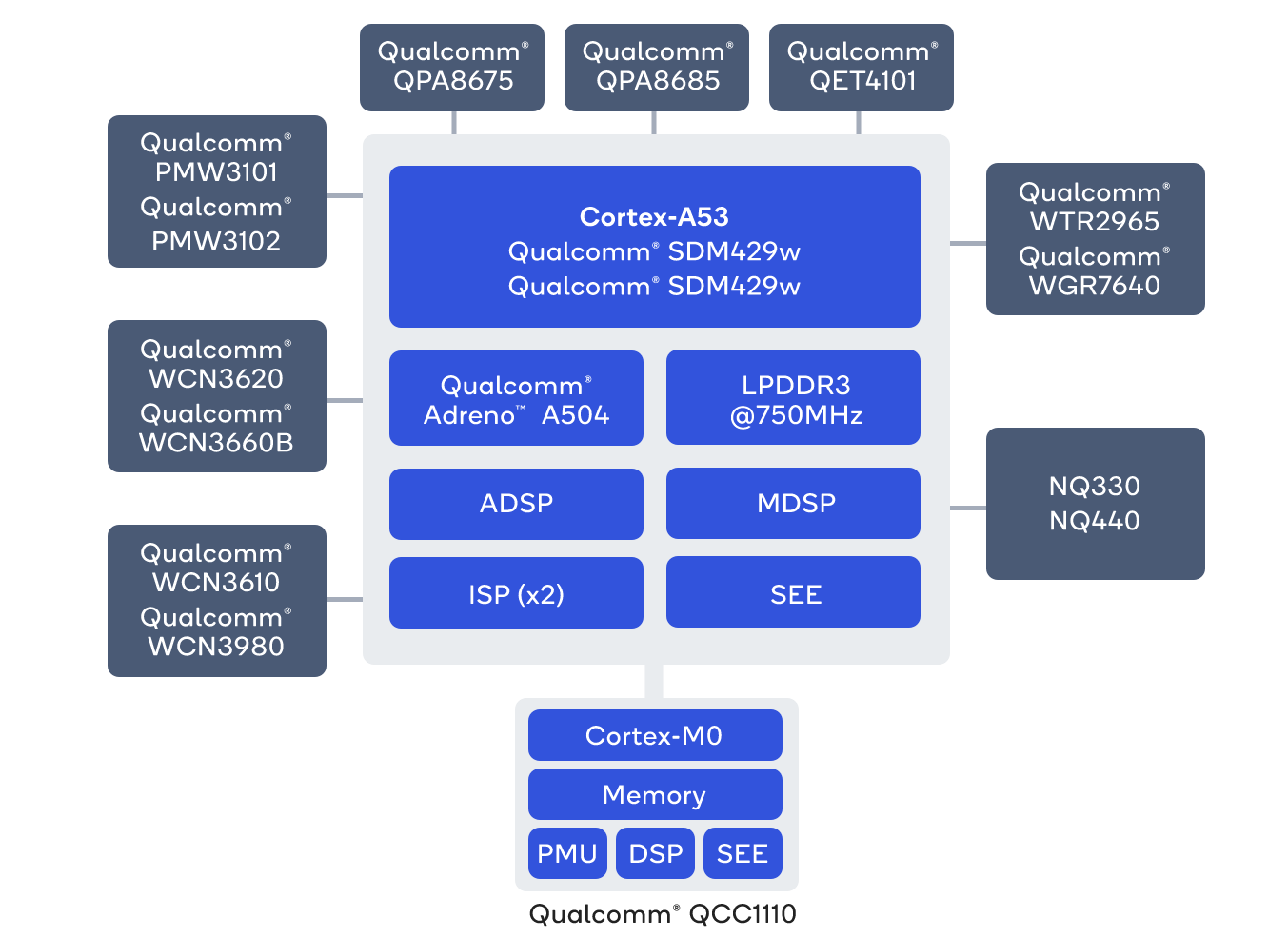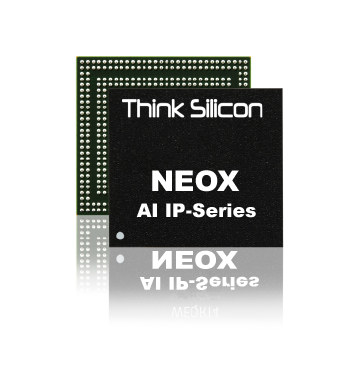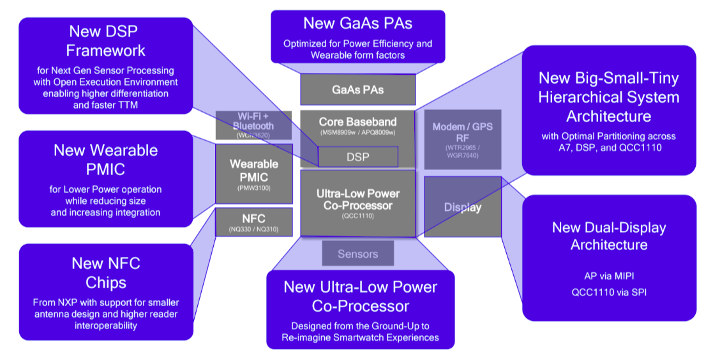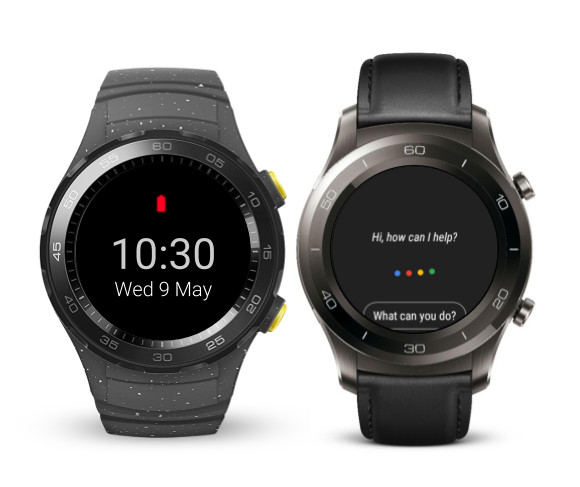It’s been a while since Qualcomm released a new platform for wearables. More exactly, the Snapdragon 4100 platform was announced a little over two years ago, and now Qualcomm has just introduced the Snapdragon W5+ and W5 Gen 1 platforms with up to 50% longer battery, twice the performance, and 30 percent smaller size. Just like the Snapdragon 4100, the Snapdragon W5 comes with four Arm Cortex-A53 processor (SW5100), but is clocked at 1.7 GHz and manufactured with a 4nm process, while the always-on (AON) co-processor is upgraded from a Cortex-M0 chip to the QCC5100 Cortex-M55 chip manufactured with a 22nm process. Snapdragon W5+/W5 specifications: W5100 SoC CPU – Quad-core Cortex-A53 processor @ up to 1.7 GHz GPU – Qualcomm Adreno A702 @ up to 1 GHz with OpenGL ES 3.1 API support DSP – Qualcomm Hexagon DSP V66K System Memory – 16-bit LPDDR4 up to 2,133 MHz […]
Snapdragon Wear 4100+ Platform Combines Cortex-A53 Cores with Always-On Cortex M0 Core
Qualcomm entered the wearables market in 2016 with the launch of Snapdragon Wear 2100 quad-core Cortex A7 SoC, followed by other models all based on Cortex-A7 cores including the more recent Wear 3100 platform which also added a QCC1110 co-processor to extend battery life. The company has now made the switch to 64-bit Arm with Snapdragon Wear 4100 and Wear 4100+ both featuring a quad-core Arm Cortex A53 processor and companion chips, but the latter adds QCC1100 Arm Cortex-M0 always-on (AON) co-processor to lower power consumption. Snapdragon Wear 4100+ key features and specifications: SoC – Qualcomm SDM429w or SDA429w CPU – Quad-core Cortex-A53 @ up to 1.7 GHz GPU – Adreno A504 GPU up to 320 MHz with OpenGL ES 3.1 API support DSP – Dual Qualcomm Hexagon QDSP6 v56, dedicated MDSP for modem and GPS, and dedicated ADSP for Open Sensor Execution Environment (SEE) and audio Memory & Storage […]
Think Silicon NEOX|V is the First RISC-V ISA based GPU
We are seeing more and more RISC-V microcontrollers and processors hitting the market, but so far they all lacked a GPU for 3D graphics acceleration. Think Silicon, the make of NEMA GPU for IoT and wearables, has now announced it will demonstrate NEOX|V GPU, the first RISC-V ISA based 3D, at the RISC-V Summit at the San Jose Convention Center, on December 10-12, in San Jose, California. NEOX|V key features: Parallel multi-core and multi-threaded architecture based on the RISC-V64GC ISA instruction set with adaptive NoC (Networks-on-Chip) Configurable from 4 to 64 cores Variety of cache sizes and thread counts organized in 1 to 16 cluster elements Variety of cluster/core configurations with compute power ranging from 12.8 to 409.6 GFLOPS at 800 MHz Support for FP16, FP32, and FP64 plus SIMD instructions Beside 3D graphics, the RISC-V GPU can also be used for machine learning, vision/video processing, and open GPGPU compute […]
Snapdragon Wear 3100 Smartwatch Platform to Deliver Longer Battery Life
Qualcomm introduced Snapdragon Wear 2100 in 2016 for wearables, and the processor ended up in several products such as LG Watch Style / Sport smartwatch. Since then the company released other Wear platform for specific applications such as 4G kid watches with Snapdragon Wear 2500, or wearable IoT applications with Snapdragon Wear 1250 offering NB-IoT and eMTC connectivity. The company has now announced Snapdragon Wear 3100 “smartwatch platform” still based on four Arm Cortex A7 cores, but also including a new ultra-low power co-processor to further extend battery life. Snapdragon Wear 3100 “MSM8909w” or “APQ8009w” specifications: CPU – Quad core Arm Cortex-A7 processor @ up to 1.2 GHz GPU – Qualcomm Adreno 304 GPU Co-processor – QCC1110 Display – Up to 640×480 at 60fps via MIPI and/or SPI interfaces Cellular Qualcomm Snapdragon X5 LTE modem with peak download speed of 1 Gbps, and peak upload speed of 150 Mbps RF […]
Wear OS by Google Developer Preview 2 Adds Actions on Google (AoG) Support and Power-related Enhancements
Google has released the second developer preview of Wear OS by Google – previously known as Android Wear – that adds support for Actions on Google (AoG) and power-related enhancements among other features. The release can be run in the Android Emulator, and firmware images have also been made available for Huawei Watch 2 Bluetooth / Classic Bluetooth. Google Assistant can now support visual cards, follow-on suggestion chips, and text-to-speech on Wear OS, and developers can make use of Actions on Google. The feature does not depend on Android P, and all Wear 2.0 watch will support it. The Android P developer preview, also includes an enhanced battery saver mode during which the watch shows a power-efficient face, and turns off radios, the touch screen, and tilt to wake. Users can check the time by pressing the side button, and get back to normal mode with a long press. In […]
Android Wear Becomes “Wear OS by Google”
Android Wear is an operating systems for wearables based on Android, but it may be confusing to (some) consumers, since an Android Wear watch may pair with an iPhone and an Android phone is not requires. Google actually reports one third of Android Wear watch users also own an iPhone, so the company has now decided to rename Android Wear to “Wear OS by Google“. Apart from the name change and new micro website, everything remains the same. Now if they could also change “Android TV” to “TV OS by Google” that would also prevent an other type of confusion among users… Jean-Luc Aufranc (CNXSoft)Jean-Luc started CNX Software in 2010 as a part-time endeavor, before quitting his job as a software engineering manager, and starting to write daily news, and reviews full time later in 2011. www.cnx-software.com


